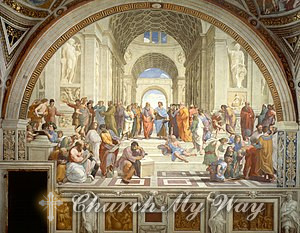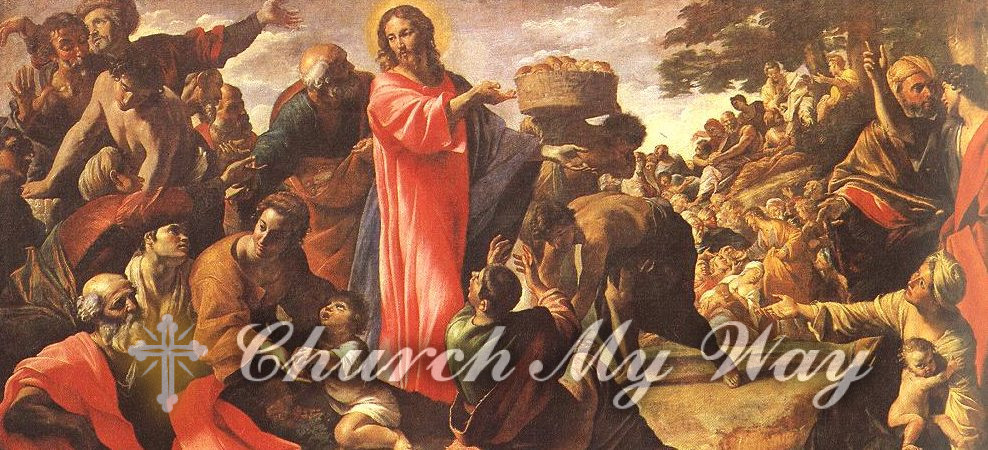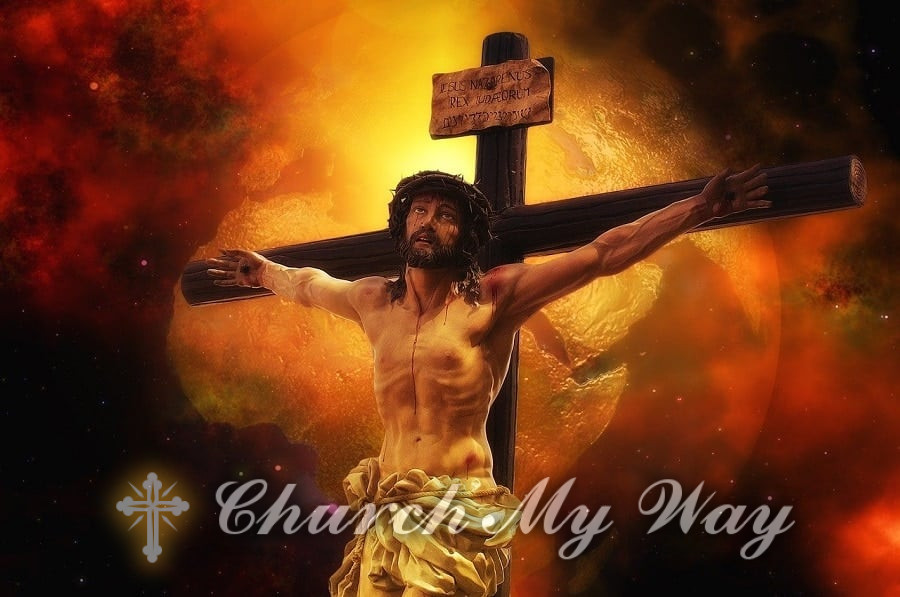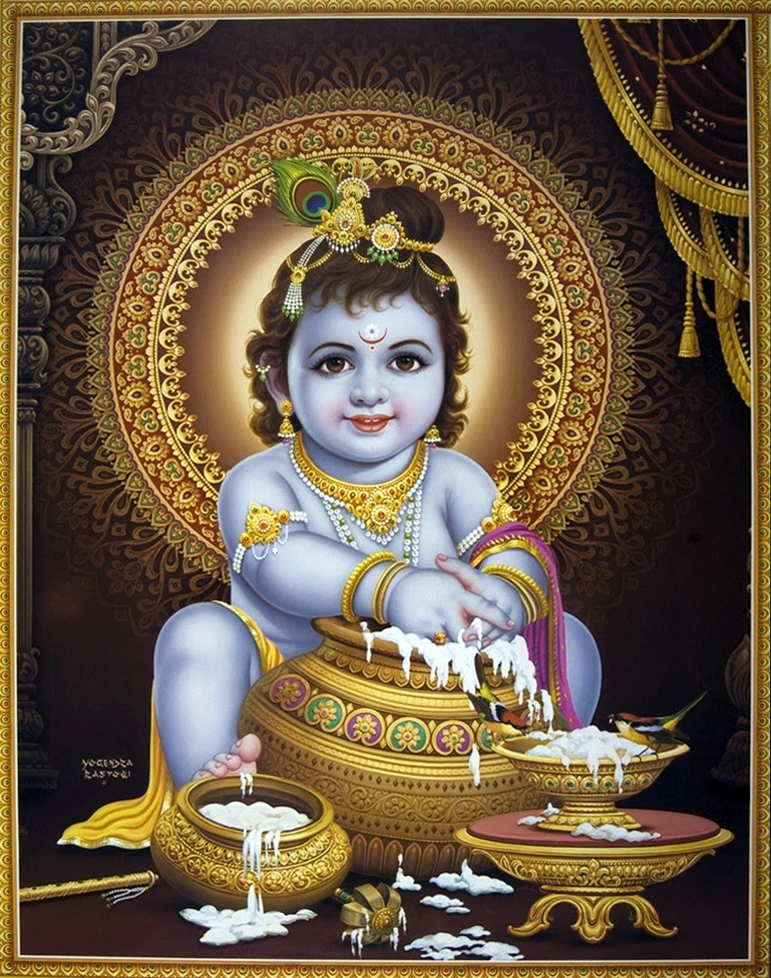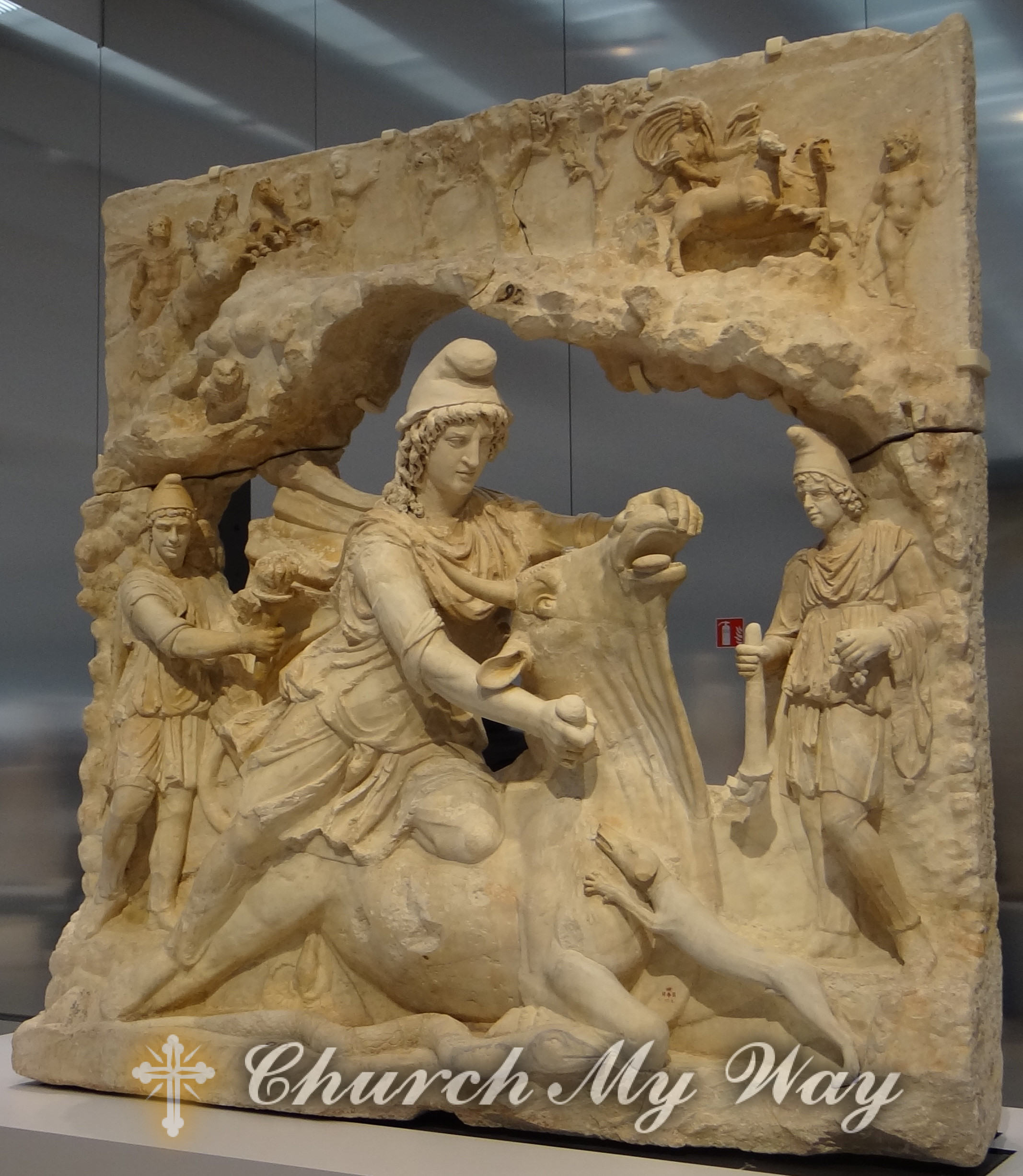The similarities of Jesus Christ, Horus, Krishna, and Mithras
The similarities of Jesus Christ, Horus, Krishna, and Mithras have been a topic of debate and discussion within the Christian church for centuries. While some argue that these similarities are evidence of a shared spiritual tradition, others believe that they are simply coincidental. In this article, we will explore the church’s view of these similarities from its earliest days until now.
Early Church Views
In the early days of Christianity, the church was primarily focused on spreading the teachings of Jesus Christ and converting non-believers. As such, there was little discussion of similarities between Jesus and other religious figures. However, as Christianity began to spread and encounter other religions, some early church leaders began to take notice of the similarities between Jesus and figures like Horus and Mithras.
One of the first church leaders to comment on these similarities was Tertullian, a Christian apologist of the 2nd and 3rd centuries. In his work “Against the Pagans,” Tertullian argued that the similarities between Jesus and these other figures were evidence of a “diabolical mimicry,” in which Satan had deliberately created false religions to deceive people and lead them away from the truth of Christianity.
Later Church Views
As Christianity continued to spread and encounter other religions, the church’s view of the similarities between Jesus and other figures began to shift. Rather than seeing these similarities as evidence of diabolical mimicry, some church leaders began to view them as evidence of a shared spiritual tradition.
One of the most notable church leaders to adopt this view was Origen, a Christian theologian of the 3rd century. In his work “Contra Celsum,” Origen argued that the similarities between Jesus and figures like Horus and Mithras were evidence of a pre-existing spiritual wisdom that had been passed down through the ages. He believed that this wisdom had been distorted over time, leading to the creation of false religions.
Modern Church Views
In modern times, the church’s view of the similarities between Jesus and other figures has continued to evolve. Many contemporary Christian scholars and theologians believe that these similarities are simply coincidental and do not reflect a shared spiritual tradition. They argue that the similarities are likely the result of the human tendency to find patterns and connections where none exist.
Despite this, there are still some contemporary Christian scholars who believe that the similarities between Jesus and other figures are evidence of a shared spiritual tradition. They argue that these similarities reflect a deeper truth about the nature of God and the human experience.
The historical time period in which each subject lived
The historical time period in which each subject lived is a subject of debate among scholars, as the historical evidence for their existence is limited. However, the generally accepted time periods for each subject are as follows:
- Jesus Christ: Jesus is believed to have lived in the 1st century CE, during the time of the Roman Empire. The exact dates of his birth and death are uncertain, but it is believed that he was born around 4 BCE and was crucified around 30 CE.
- Horus: Horus is a god from ancient Egyptian mythology, and the exact time period in which he is believed to have lived is uncertain. However, the earliest known references to Horus date back to the Predynastic period (c. 6000-3150 BCE) and the earliest known depiction of Horus dates back to the Early Dynastic period (c. 3150-2613 BCE).
- Krishna: Krishna is a god from Hindu mythology, and the exact time period in which he is believed to have lived is uncertain. However, the earliest known references to Krishna date back to the Vedic period (c. 1700-500 BCE) and the earliest known depiction of Krishna dates back to the 2nd century BCE in the archaeological findings at the archaeological site of Mathura, India.
- Mithras: Mithras is a god from ancient Persian religion and Roman mystery religion, and the exact time period in which he is believed to have lived is uncertain. However, the earliest known references to Mithras date back to the 1st millennium BCE in the ancient Persian religion and was widely popular among the Roman soldiers in the 2nd and 3rd century CE.
It is worth noting that the historical evidence for the existence of each of these figures is limited, and the time periods in which they are believed to have lived are based on a combination of historical, literary, and archaeological evidence.
Similarities of Jesus Christ, Horus, Krishna, and Mithras
There are several similarities that have been cited between Jesus Christ, Horus, Krishna, and Mithras. Some of the most commonly cited similarities include:
- Birth and parentage: All four figures are said to have been born of a virgin mother, with Jesus and Horus being born to Mary and Isis respectively, while Krishna and Mithras are said to have been born of divine mothers. Additionally, all four figures are said to have been born in humble or unusual circumstances, with Jesus being born in a manger, Horus in a swamp, Krishna in a prison cell, and Mithras in a cave.
- Miraculous powers: All four figures are said to have performed miracles and had supernatural powers. For example, Jesus is said to have healed the sick and raised the dead, while Horus is said to have restored the sight of the blind and raised the dead. Krishna is said to have performed many miracles such as lifting the Govardhana hill and restoring the sight of the blind, and Mithras is said to have had the ability to heal the sick and control the elements.
- Death and resurrection: All four figures are said to have died and been resurrected. Jesus is said to have been crucified and risen from the dead, while Horus is said to have been killed and resurrected by his father Osiris. Krishna is said to have been killed by an arrow, but later resurrected, and Mithras is said to have been killed and risen from the dead, often associated with the story of the “slaying of the bull”.
- Divine nature: All four figures are considered to be divine or semi-divine. Jesus is considered to be the Son of God in Christianity, while Horus is considered to be the son of the god Osiris in Egyptian mythology, and Krishna is considered to be an incarnation of the Hindu god Vishnu. Mithras is considered to be a god of light and truth.
- Role as a savior: All four figures are considered to be saviors of humanity in their respective religions. Jesus is said to have died for the sins of humanity and provided a path to salvation, while Horus is said to have avenged his father’s death and restored order to the world, Krishna is considered as the savior of humanity in Hinduism and Mithras is considered as the savior and mediator between god and man.
It is worth noting that many of these similarities have been debated by scholars and experts, and it is not clear if these similarities are purely coincidental or if they are evidence of some shared spiritual tradition.
Conclusion
The similarities of Jesus Christ, Horus, Krishna, and Mithras have been a topic of debate and discussion within the Christian church for centuries. The church’s view of these similarities has evolved over time, from seeing them as evidence of diabolical mimicry in the early days of Christianity, to viewing them as evidence of a shared spiritual tradition, to the modern view that they are simply coincidental. Ultimately, the truth about these similarities remains a matter of personal belief and interpretation.
Reference & images: C.T / Wikipedia


